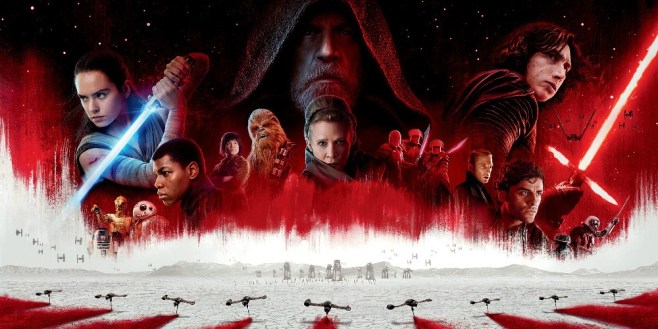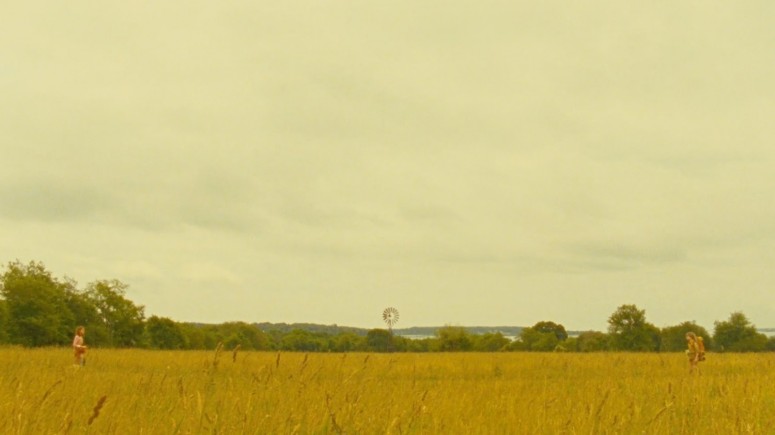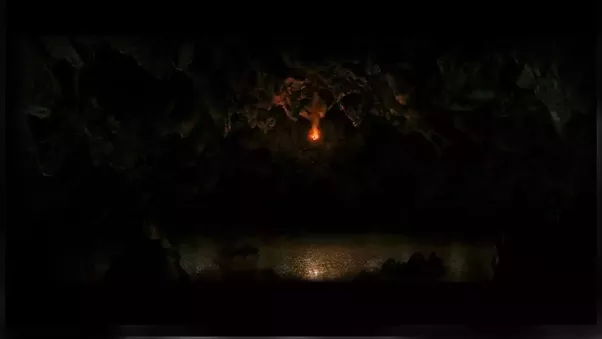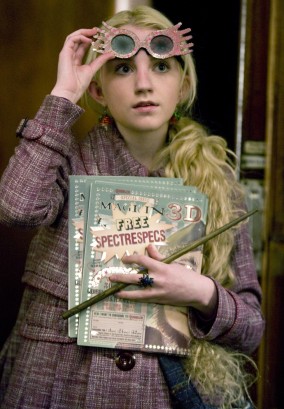Prompted by: Martin’s Song of Ice and Fire series
I am certainly not the first person to comment on the discrepancies between George R.R. Martin’s writing and the choices made by the front-runners of the show. I watched the first four seasons of the show back when they came out but stopped watching after the season four finale. But I just read all of the released books this fall, and then re-watched the first three seasons again. And boy oh boy do I take issue with some key elements.
Content Warning: violence, rape
Season 1, Episode 1: The rape of Danerys by Khal Drogo. In the books, Dany’s wedding night was overwhelmingly tender and consensual. Drogo asks her repeatedly what is and isn’t okay, he is considerate and slow and waits until it’s something that she is sure she wants. While that doesn’t change the fact that she was a child of 13, it sets a completely different tone for her well-being and their relationship overall. Instead, we get to start the entire show with an explicit act of sexual violence.
Season 2, Episode 7: Dany’s dragons are stolen. One of her maidservants is killed and the other maidservants turn out to have betrayed them both and given up the dragons. In the books, Dany’s handmaidens are unequivocally loyal. There is no bickering between them or conflict or jealousy. They are as kind to each other as they are to the Khaleesi, never making snide comments over the terminology the other might use due to their differing countries of origin. This plot point in the show really left a bad taste in my mouth. Why was it necessary for a close female confidant to betray the trust of the Khaleesi? Why did they have to paint a strong and brave female in such a negative light? Why did the handmaidens have to bicker in the first place? Why are the creators of the show so determined to eliminate positive female interactions?
Season 3, Episode 6: Arya comments that she doesn’t like Melisandre and the response of her male companions is that she feels that way because she’s a girl. Yay, more girl-on-girl hate… because the only conceivable reason a twelve-year-old girl wouldn’t like a grown woman is due to jealousy. Scenes like this only serve to teach girls not to listen to their intuition and to chalk up their feelings to combativeness between females. It’s a reinforcement of the tired social commentary that girls can’t get along because they’re too busy competing with each other.
Season 4, Episode 3: Jamie rapes Cersei after Joffrey’s death. I don’t have to rewatch this episode to remember how utterly nonconsensual the moment is, especially in comparison to the book. Time has a good summary of what’s wrong with this scene, particularly in the light of director Alex Graves saying that it wasn’t rape.
Ros’s entire arc: so this starts off in pretty sex-positive way. A prostitute from Winterfell heads to King’s Landing to seek her fortune. When she starts working her way up in the ranks at one of Littlefinger’s brothels, it feels a bit gratuitous– “oh look how accepting we are, even a sex worker can be successful!” But it still feels positive and empowering– until it becomes clear that they established her as a character just for the sake of putting her in numerous horrible situations. She’s threatened by Littlefinger over her emotional distress after seeing a baby murdered, forced to partake in sadomasochism with another prostitute by Joffrey, beaten on Cersei’s orders, and finally she is brutally murdered by Joffrey. And out of all of those atrocities, only one even took place in the books.
These are only the scenes that stood out to me before I stopped watching the show. It’s been impossible to not hear about Sansa’s rape by Ramsay, or about Arya very nearly being sold into sex slavery– two more overt and off-book instances of sexual violence.
The show features seven writers (five of which are men) and five directors (all of which are men). I’ve previously expressed my frustrations with male writers creating contentious and unsavory female characters in regards to the way Dave Eggers writes his female characters in The Circle. For me, the show takes this to a whole new level by not only including such moments, but also by including these moments that weren’t even in the books in the first place.
Complex has a must-read discussion on their site featuring a panel of female TV critics, and most of their thoughts on the series run parallel to mine, especially these two:

One of my biggest issues with the show in comparison with the books is that the show makes violence the centerpiece. It treats violence as a spectacle rather than focusing on the emotion that the violence results in. For example, in the books we are introduced to so many people who were survivors of war, and we hear the stories of what they saw and experienced. We connect with these people, many of them without names, because we are unavoidably faced with their outrage and pain and loss. Martin manages to make us feel with a sentence what an entire scene in the show fails to elicit. The same can be said for Theon’s transition to Reek. In the show, this character arc is nothing more than an entire season of torture porn. I don’t sympathize with Theon, I only mute the scenes so I don’t have to hear him screaming. In juxtaposition, book Theon disappears for a very long time, and when we finally see him again, he’s scarred and changed in more ways than one. The books make the torture utterly haunting and stomach-turning by alluding to what happened rather than shoving it in your face. Martin has discussed in interviews that he attempted to make his storyline historically accurate by writing in things like rape as a normal part of war. While I don’t entirely agree with the execution, I can understand his perspective on the choice. However, my qualms are not with how Martin treats women, my issues are with how the show treats women.
What it comes down to is that the show handles violence in a way that feels like it’s for shock value rather than emotional impact. The problem with this is that after being repeated over and over again, the shock diminishes but the violence doesn’t– and there still isn’t any emotional impact. Caroline Framke sums it up perfectly:
“The problem I have with Game of Thrones is less that horrible things happen to women than when horrible things happen to women, they’re filmed for shock value, and there’s often very little use in that story beyond how horrible it is.”
-Caroline Framke, Complex’s Female TV Critics Discuss the Violence Against Women on ‘Game of Thrones’
Predictably, the comments section has nothing but charming men saying that no one cares what women think and that feminism is garbage. There is also a comment that expresses a sentiment I’ve seen elsewhere: there’s plenty of violence against men in the show– so why is that not being discussed? But here’s the thing: sexual violence against women is a rampart part of our society. You need only look at the most basic of statistics (or the recent #MeToo movement paired with the massive amount of assault allegations currently being leveled at public figures) to see that women have and are suffering copious amounts of violence at the hands of men. To compound the issue, it is only in the past year that more women have started to feel safe enough to speak up about their experiences without overwhelming fear of being silenced. To what extent is it excusable or justifiable to continue portraying this excessive violence against women as a normal part of being a female?
The Lord of The Rings, much like Game of Thrones, takes place during a time of war. There is violence against all those involved, and the scathing effects of battle is not avoidable, nor is it shied away from. But unlike Game of Thrones, Lord of Rings doesn’t make a spectacle out of it. There are ways to shock viewers and keep them on the edge of their seat that don’t involve on-screen torture and rape.















































